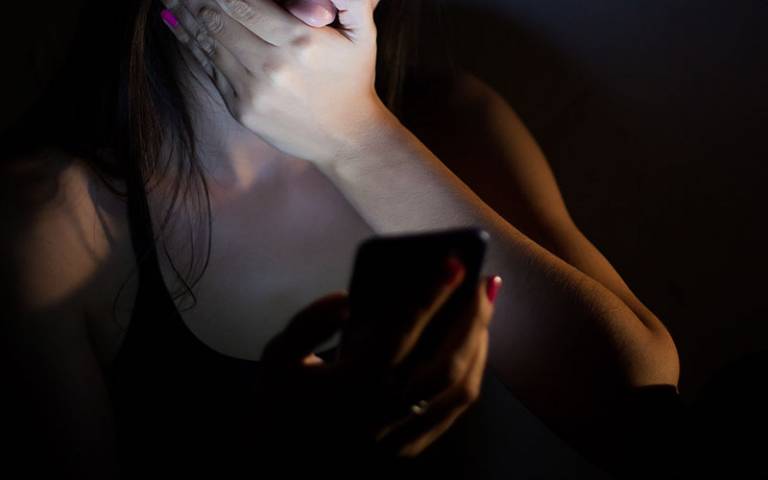How UCL research helped achieve the UKs’ first cyberflashing conviction
25 March 2024
The first conviction of cyberflashing represents a milestone for the Online Safety Bill in England and Wales, which was directly informed by UCL research evidencing the harms of a ‘dangerously normalised’ practice.

The UCL-led research had informed Chapter 6: ‘Cyberflashing’ of the Modernising Communications Offences 2021 report recommendations which were incorporated in the Online Safety Bill in March 2022. The Bill’s introduction meant that cyberflashing became a criminal offence in January this year as part of the Online Safety Act.
UCL researchers Professor Jessica Ringrose and Dr Kaitlyn Regehr (then University of Kent) teamed up with the Association of School and College Leaders (ASCL) and the School of Sexuality Education to investigate teenager’s experiences of non-consensual image sharing of a sexual nature.
Their findings have now led to the UK government recognising this practice as cyberflashing, and in turn understanding it is a form of sexual harassment. Furthermore the Bill is significant for recognising the connection between this practice and other harms, from depression and anxiety among teens to serious acts of sexual violence and abuse.
The research further found that teenage girls are overwhelmingly affected by the impact of unwanted image-sharing.
Professor Ringrose and Dr Regehr’s research found that the behaviour has become so common among young people aged 12-18 years old that most never report it - 51% of participants said they hadn’t told anyone, while only 15% reported it on social media platforms, 5% to parents, and 2 % to their school. When asked why they didn't report the incident, around a third said ‘I don’t think reporting works’.
One 15-year-old participant, Kathryn, commented: “when I first started getting d*ck pics I’d be like disgusted, but then I just got so used to it, and every time a d*ck appears on my screen I’m like – great, again. It’s normal.” The first conviction is a milestone in this area as it sends a message that unsolicited sexual images should not be normalised and that recipients do not have to tolerate it.
The research has raised awareness of the harms associated with cyberflashing, for example using 'nudes’ to pressurise recipients into a transactional exchange of content, which 44% of girls and 15% of boys have felt pressured to fulfill, and gaining content for ‘revenge porn’.
The researchers argue that future action needs to go beyond the criminal legislation, and recommend a number of things that schools, parents and carers, tech companies can do to tackle the problem. Their forthcoming book: ‘Teens, Sexting & Consent: Understanding and Preventing Image Based Sexual Harassment and Abuse’ will be published by Palgrave in September 2024.
Links
- Listen to Professor Ringrose on the podcast: 'Children’s experiences of social media: developing better digital literacy'
- In The Times: 'I’ve been cyberflashed, like all my female friends'
- Read the report: 'Understanding and Combatting Youth Experiences of Image-Based Sexual Harassment and Abuse'
- IOE research informs Online Safety Bill; read the government announcement ‘Cyberflashing’ to become a criminal offence’
- Modernising Communications Offences 2021 report
- Young peoples’ rates of reporting online sexual harassment and abuse are ‘shockingly low’
- Tackling image-based sexual harassment and abuse
- Professor Jessica Ringrose’s UCL profile
- Dr Kaitlyn Regehr’s UCL profile
Image
Stanislaw Mikulski / Adobe Stock.
 Close
Close

